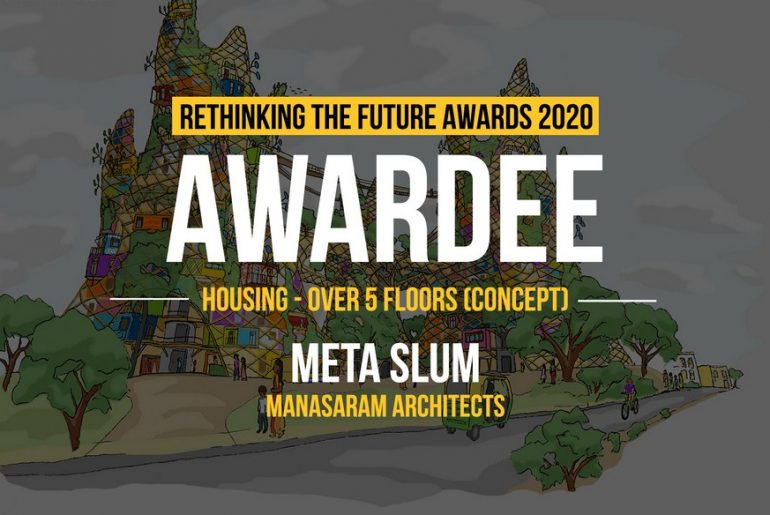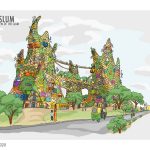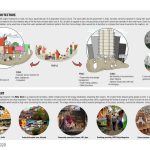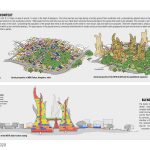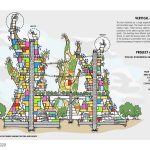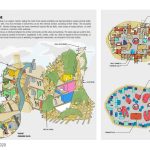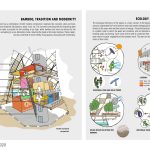Bengaluru, being the fifth largest metropolis in India, still has a significant part of its population living in slums. The action being taken by the government in India has been important in raising the quality of life. However, many aspects related to the slum dwellers’ way of life have not been looked upon. The peculiarity of each family should be translated into their new home. Some would like to carry animals or grow vegetables, some would love to have their walls painted with their traditional patterns, etc.
Rethinking The Future Awards 2020
Third Award | Housing – over 5 floors (Concept)
Project Name: Meta Slum
Studio Name: Manasaram Architects
Design Team: Neelam Manjunath, Ruben Boas
Area: 1.5 acres
Year: 2018
Location: MRS Pallaya, Bengaluru, Karnataka, India
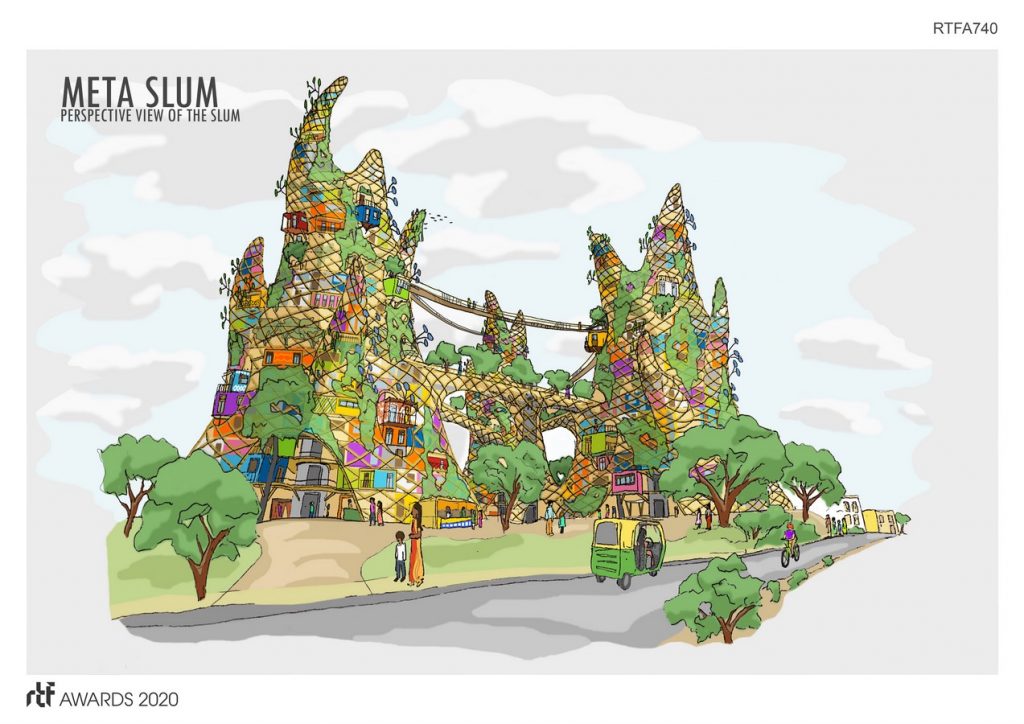
Solution – Meta, from Greek, means beyond. The Meta Slum is a response that provides better infrastructure for the jhuggi inhabitants, respecting their origins. They would be even included in the construction of the building, according to their skills, augmenting the feeling of the property. The project thinks beyond giving people home, it carries their lifestyle and predicts the future, allowing incremental modifications and urban expansion.
Site – Our intervention is in MRS Pallya, an area of around 1.5 acres in the heart of Bengaluru. It is populated with high-density ground floor shacks. The current slum is proposed to be cleared and would become the new home for more than 1500 people in need of relocation. Nonetheless, the concept is prepared to allow expansion.

META SLUM – The tree-shaped towers are connected to each other by bridges and reflect the organic way in which a slum normally develops. The residential units are idealized and laid out so that semi-open and circulation spaces serve as spots for socializing and trading. The towers shelter a whole other range of programs which make the skyscrapers a functional village in themselves. The bridges are used as a farming platform to produce goods. Each floor plate has residential units and is mingled with other activities such as small commercial or small community space. The facade of the building is a permeable mesh, made out of bamboo that allows the growth of creepers to facilitate the tenant’s self-sustainability.
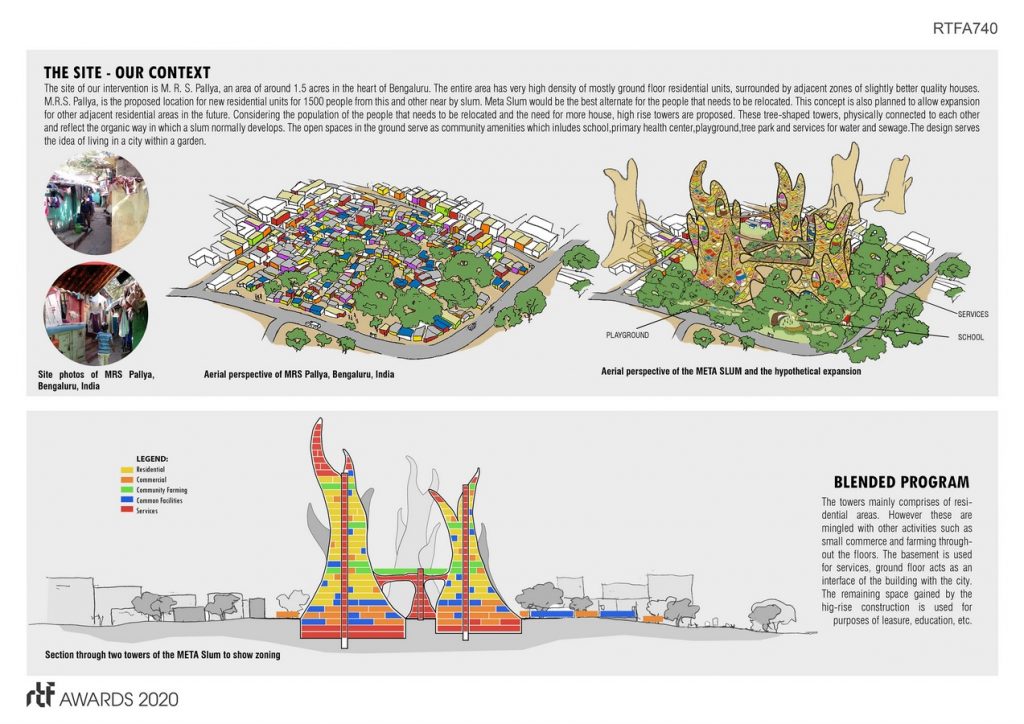
Bamboo, Structure, and Materiality – The Meta Slum comprises commonly used materials by the slum dwellers (bamboo, wood, mud, etc.) with modern materials (concrete and steel). The concrete core along with the branching steel structure makes it possible for the building to go high, while bamboo and mud are utilized for the flooring and walling in a pre-fabrication mode, reducing the loads on the main structure. These materials contribute to more healthy living spaces.
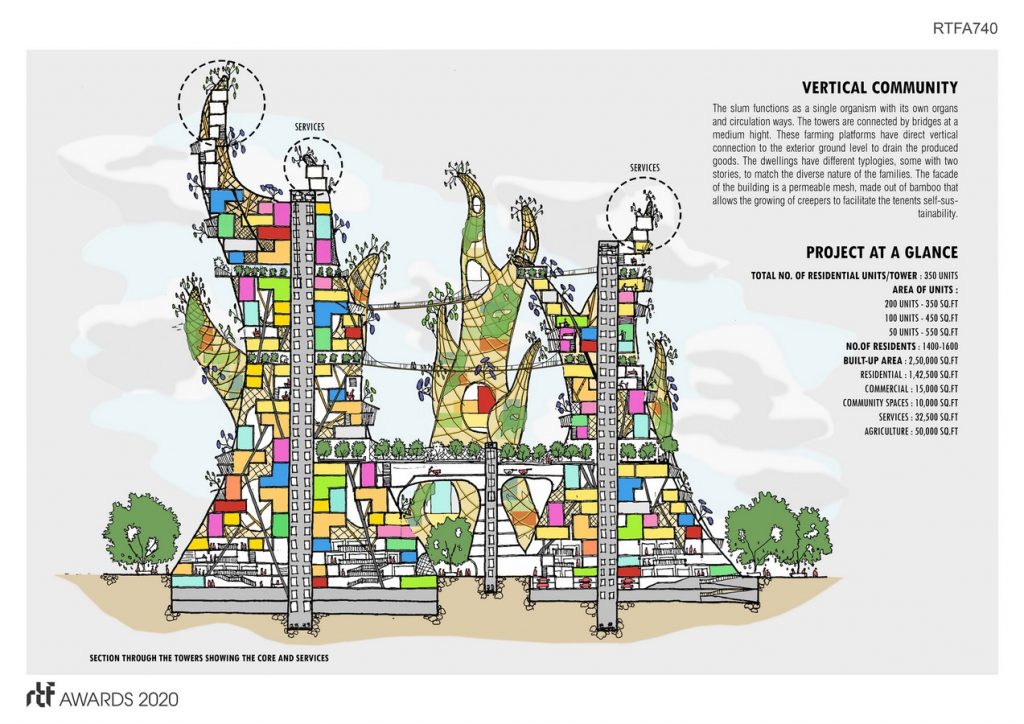
Ecology and flexibility – Power from renewable sources is generated from wind turbines and solar panels that supply energy directly to the users who own them. Along the bamboo splits mesh façade, there is a plastic membrane in which the water will condense and is directed to their final destination – flushing water and farming. Each owner can customize their façade in order to get an open view or to grow vegetables on the bamboo mesh. The users are given a basic walled perimeter in which they can make their own internal partitions depending on their needs.
ARCHITECTURE, CONSTRUCTION & DESIGN AWARDS 2020 IS HERE
Over more than half a decade Rethinking the Future has been a leading organization committed to providing an international platform to not only recognize and acknowledge design talents from all over the world but also to celebrate and share the knowledge that created through a plethora of awards, events and academic dialogues in the field of architecture and design.

